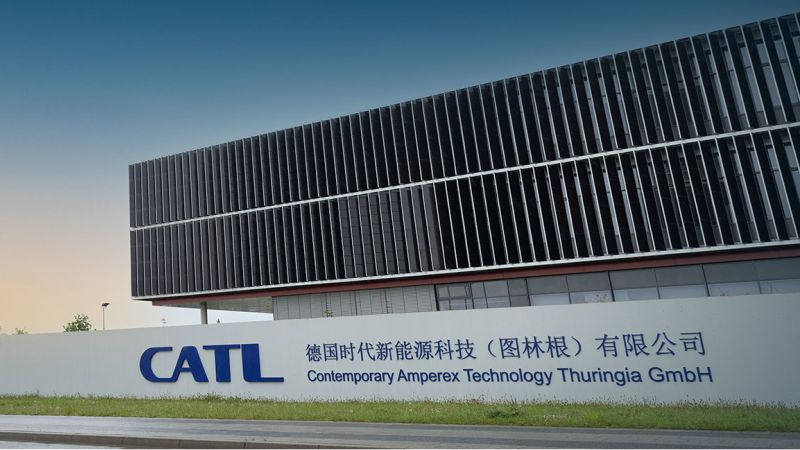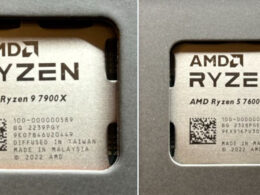China’s largest traction battery supplier, CATL, is planning to increase its overseas operations from six to eight in response to growing competition. The firm believes it’s crucial to broaden its international presence amidst the threats of a saturated domestic market for electric vehicles and aggressive pricing wars.
CnEVPost, drew on reporting from Chinese publisher LatePost, highlighting that CATL had kick-started the year with a primary focus on expanding its business beyond China. The company ramped up efforts to groom its managers in dealing with foreign partners and clients from the end of 2021. According to SNE Research, CATL remained the leading traction battery supplier for electric vehicles in the previous year. Its production equivalent was 259.7 GWh per year, a hefty 40.8% increase from 2022, accounting for 36.8% of the global traction battery market.
CATL’s overseas deployment previously included six entities either already in operation or scheduled for construction. There is one each in Germany, Hungary, Indonesia, and Thailand. Additionally, the company planned to launch two manufacturing plants in the United States, one in a joint venture with Ford in Michigan, offering technology support, and another in Nevada to serve Tesla’s need.
Chinese sources indicate that CATL is set to add two more operations outside China. In Spain, the Chinese conglomerate will collaborate with Stellantis NV to produce batteries in a joint venture. In Morocco, CATL will solely own a factory to manufacture cathode materials for lithium batteries. The factory’s products will stream from North Africa to markets across Europe. This strategy potentially counters European officials’ intent to impede the import of ready-made Chinese traction batteries.
CATL generated $53.4 billion in the last fiscal year, a 22% increase in revenue, simultaneously boosting its overseas market sales portion from 23.41% to 32.67%. CATL also announced that it’s currently negotiating licensing its traction battery manufacturing technologies with at least ten manufacturers. This engagement pattern allows CATL to provide technology and build facilities for its partners, who will then rebate a portion of the product sales revenue to CATL. Although this collaborative model is already underway with Ford Motor, it faces opposition from some American lawmakers.





